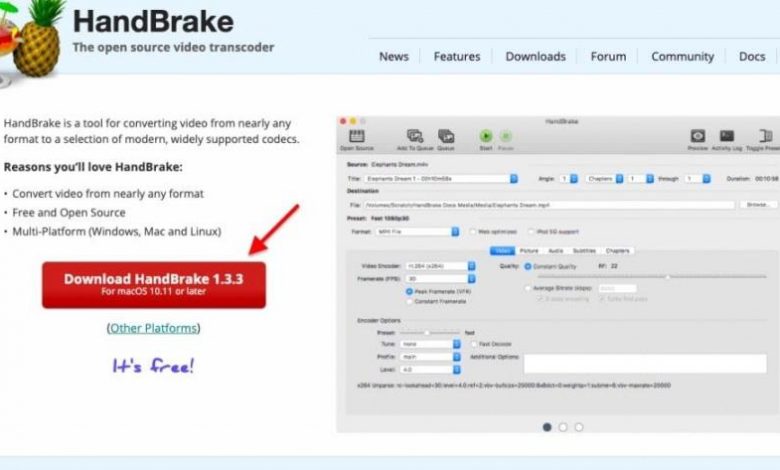Handbrake’s Best Practices for Optimizing Video Size and Quality

Handbrake’s Best Practices for Optimizing Video Size and Quality
Introduction
Videos have become an integral part of our digital content consumption. However, uploading and sharing videos can sometimes be a challenge due to large file sizes and slow streaming. This is where Handbrake, a powerful and free video converter, comes in handy. In this blog post, we will discuss the best practices for optimizing video size and quality using Handbrake.
Why optimize video size and quality?
Optimizing video size and quality is crucial for various reasons:
1. Faster loading times and streaming
Smaller video files load quicker, ensuring a seamless viewing experience for the audience. Optimizing video size also helps with faster streaming, regardless of the internet connection speed.
2. Save storage space
Reducing the size of video files means you can save significant storage space on your device or website. This is especially important when dealing with limited storage options.
3. Better compatibility
Optimized videos are more likely to play smoothly across different devices and platforms. Compatibility issues can arise if video files are too large or if the file format is not widely supported.
Best practices with Handbrake:
1. Choose the right output format
Handbrake supports a wide range of output formats. However, for general compatibility and smaller file sizes, it is recommended to use popular formats like MP4 or MKV.
2. Adjust video settings
Customizing video settings can greatly impact the file size and overall quality. Experiment with settings like bitrate, framerate, and resolution to strike the perfect balance between size and quality. Higher bitrates result in better quality but larger files, so find the right compromise for your needs.
3. Optimize audio settings
Consider the audio settings in Handbrake as well. Lowering the audio bitrate without sacrificing the audio quality can significantly help reduce file sizes.
4. Cut unnecessary scenes or footage
Sometimes videos contain unnecessary content or overly long scenes. Trimming and removing these segments using Handbrake’s built-in editing tools can result in smaller and more concise videos.
5. Batch processing
If you have multiple videos that need optimizing, Handbrake allows you to batch process them simultaneously, saving you time and effort.
Frequently Asked Questions (FAQs)
Q: Is Handbrake free to use?
A: Yes, Handbrake is an open-source, free video converter available for Windows, Mac, and Linux operating systems.
Q: Will reducing video size affect the quality?
A: Reducing video size can impact quality, but with careful tweaking of settings in Handbrake, you can find the right balance to maintain optimal quality while reducing file size efficiently.
Q: Can Handbrake convert videos to different resolutions?
A: Absolutely! Handbrake allows you to resize videos to different resolutions. You can experiment with resolution settings to find the optimal size while maintaining a satisfactory viewing experience.
Q: Can Handbrake convert videos on mobile devices?
A: Handbrake primarily operates on desktop platforms. However, you can transfer your videos to your desktop for conversion using Handbrake.
Conclusion
Optimizing video size and quality is essential for efficient streaming, compatibility, and storage. Handbrake provides a powerful and user-friendly solution to help achieve these goals. By following the best practices mentioned above, you can optimize your videos effectively, resulting in smaller file sizes without compromising on quality. Start using Handbrake today and enjoy hassle-free video sharing!



